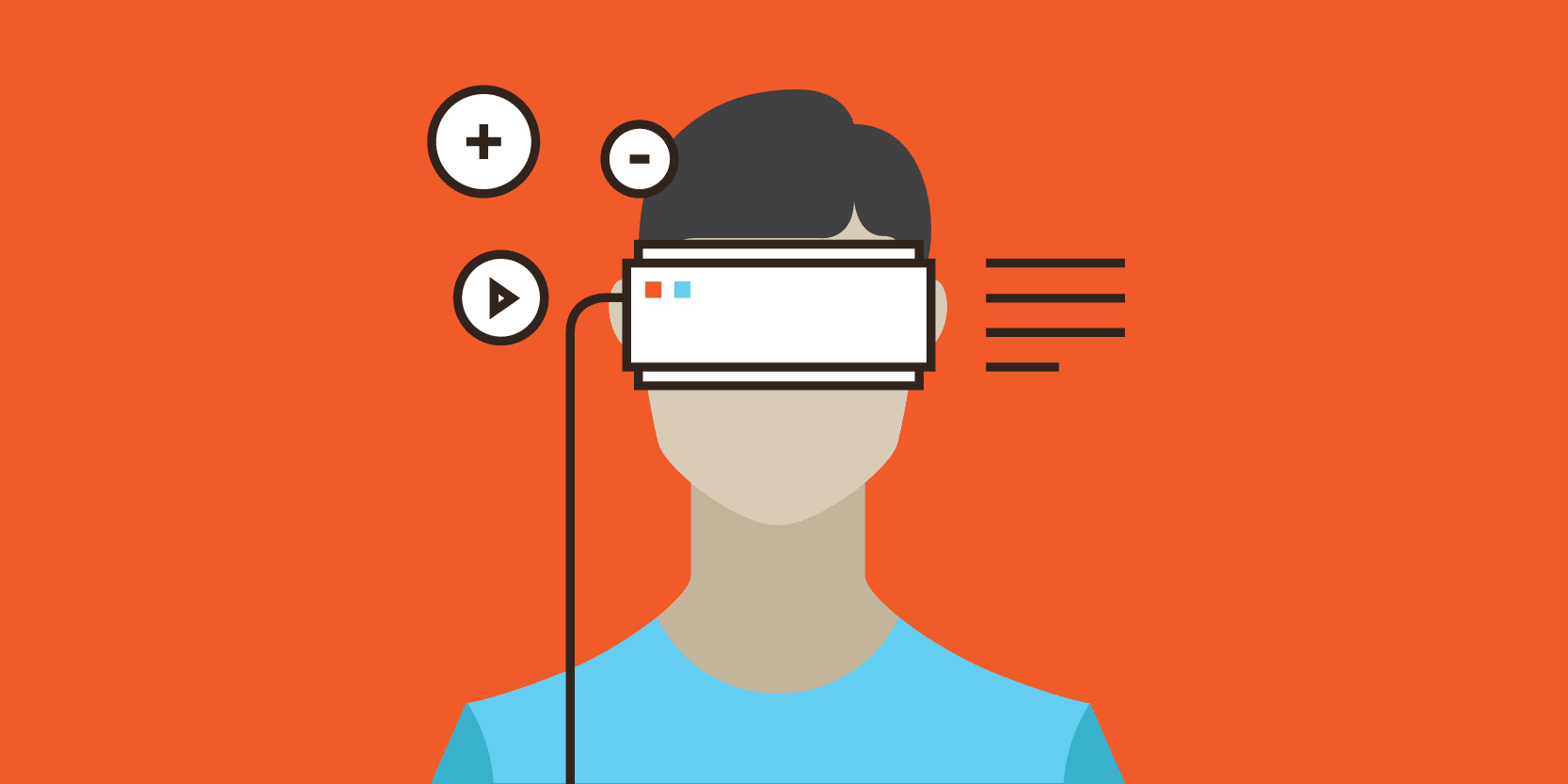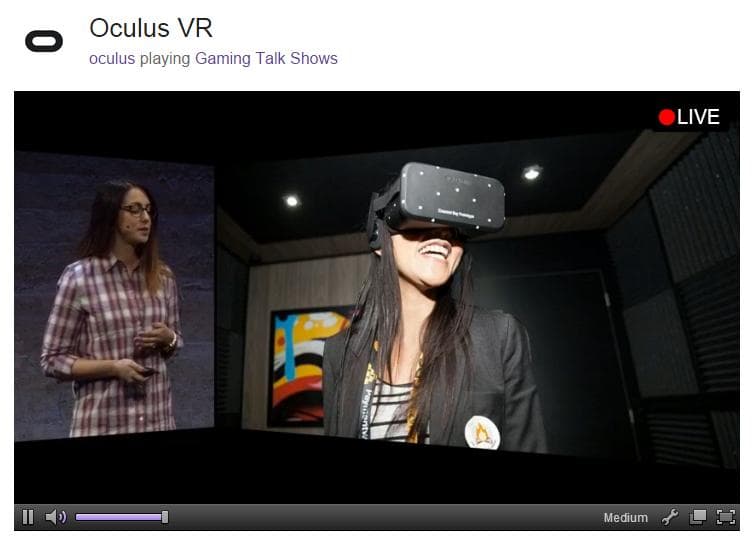Why we're all-in on virtual reality
Originally published on The Campfire Union blog.

We started The Campfire Union with the idea that we wanted to find ways of using new technologies to create positive change in the world. We don't make first-person shooters, for example, and we try to have a positive focus in the work we do.
Virtual reality is a chance to solve some problems that technology hasn't been good at in the past, solving more human problems, and increasing both our physical interaction with computers as well as connecting people together in more meaningful ways.
Some of you will remember previous waves of virtual reality - and there have been a few - the last one in the 90's included things like Nintendo's Virtual Boy. But VR didn't take off then due to the limitations of technology at the time.
When Oculus launched their kickstarter a couple years ago, we were lucky to be involved in one of the first virtual reality projects in Manitoba, and we got to see first-hand whether the technology had caught up with people's ambitions.
We can say with certainty that yes, it most definitely has, and people are going to be blown away even by the first wave of commercial hardware coming this holiday season.
Virtual Reality is more than just a new technology, it's a whole new medium
That makes it hard to explain to someone who hasn’t tried it before. It’s like explaining what a movie is to someone who’s never seen a moving picture on a screen before. But like any new medium, virtual reality is opening up a whole new set of possibilities that we’ve only just begun to explore.
It transforms film by putting you directly inside the scene. It lets you literally paint on the world around you. It let’s you appear anywhere in the world, like being 150 feet in the air in our Tower Crane VR, or in places that you could only go to in your imagination.
The business case for VR
The most obvious uses of VR for business are in training simulations and virtual tours promoting events and places.
Training in VR can put you in a real life environment for a fraction of the cost of traditional simulators or learning on real equipment, making it a great tool for practicing safety procedures, communication skills, and running through exercises over and over without risk, and without fuel or other material costs.
Similarly, virtual tours can put you somewhere you would have to fly to see, or somewhere that hasn’t been built yet, as in the cases of architecture, new urban development, and interior design.
VR can put Winnipeg on the map
Winnipeg has a small but talented group of companies working in VR and AR already, and if we invest in this new technology early, the opportunity is real for Winnipeg to become known as a Canadian hub of virtual reality development, just like how Montreal is known for Ubisoft and its gaming sector.

Where VR is headed
Over the next 10-20 years, virtual reality as well as augmented reality are going to permanently change how we interact with technology by making the experience more human and more natural. We believe they will take over the traditional desktop, as well as tablets and mobile phones.
Film is already changing, with major Hollywood directors already starting to work on VR projects, and documentaries putting you directly in other people’s shoes. We are also going to see the rebirth of arcades with shared multiplayer games, new types of amusement park rides, and even whole new sports based around VR and AR.
Training in VR will become routine, leading to better and faster learning. Communication is going to change too. Imagine a phone call with a family member halfway across the country, and seeing them right there in the room with you. Not on a screen, but sitting right across from you.
The potential is almost scary, but used in the right way, it also has the power to transform our society, and where a lot of technology has made us feel less connected, it might just be the first technology to truly have the power to make us more connected, more empathetic, and better to each other.